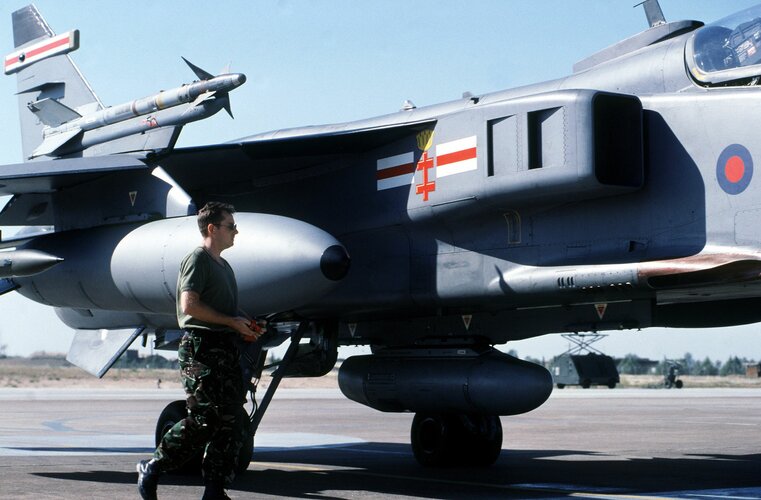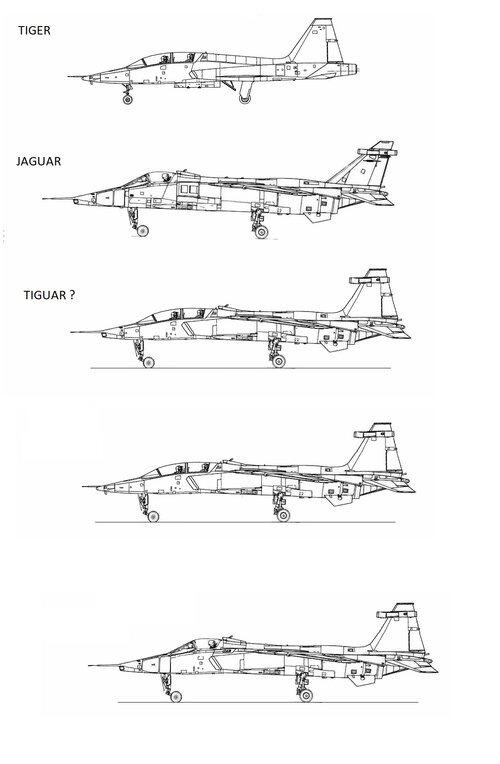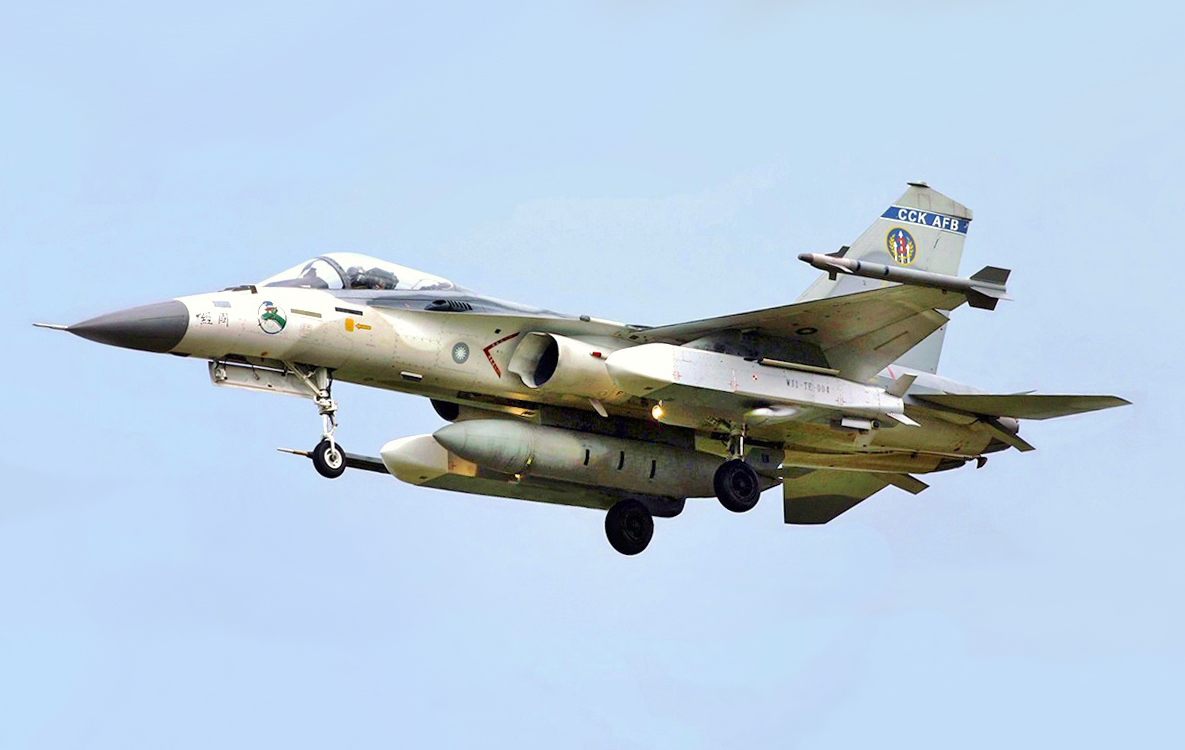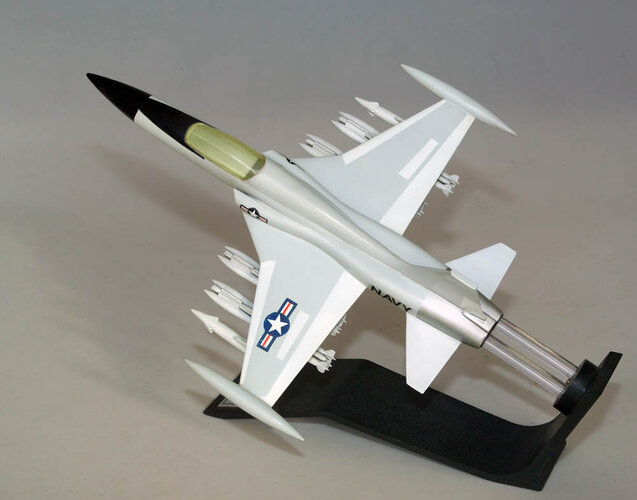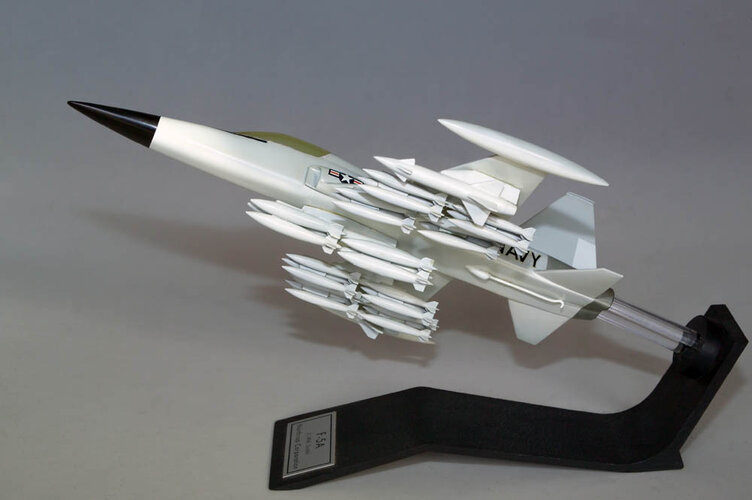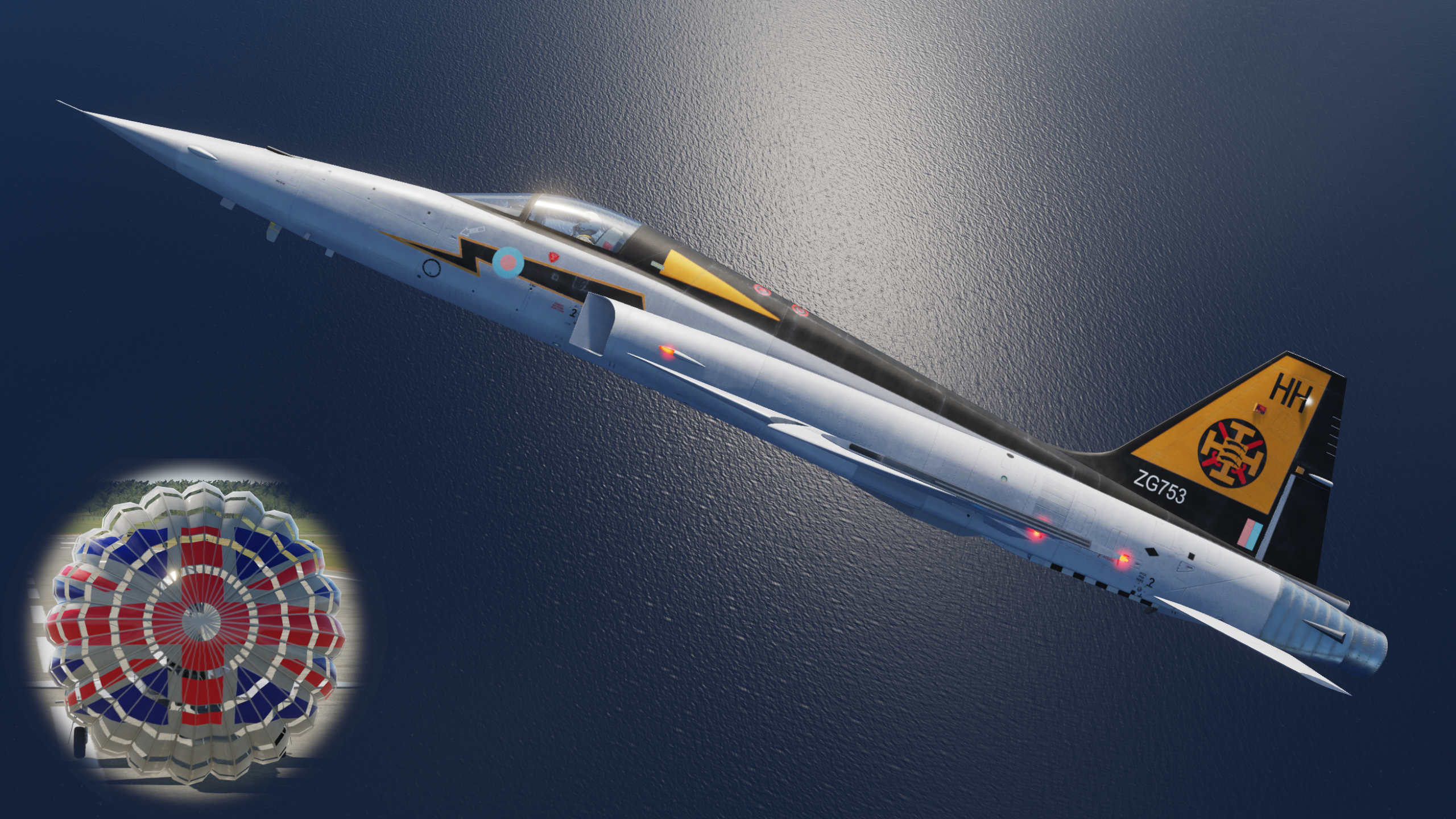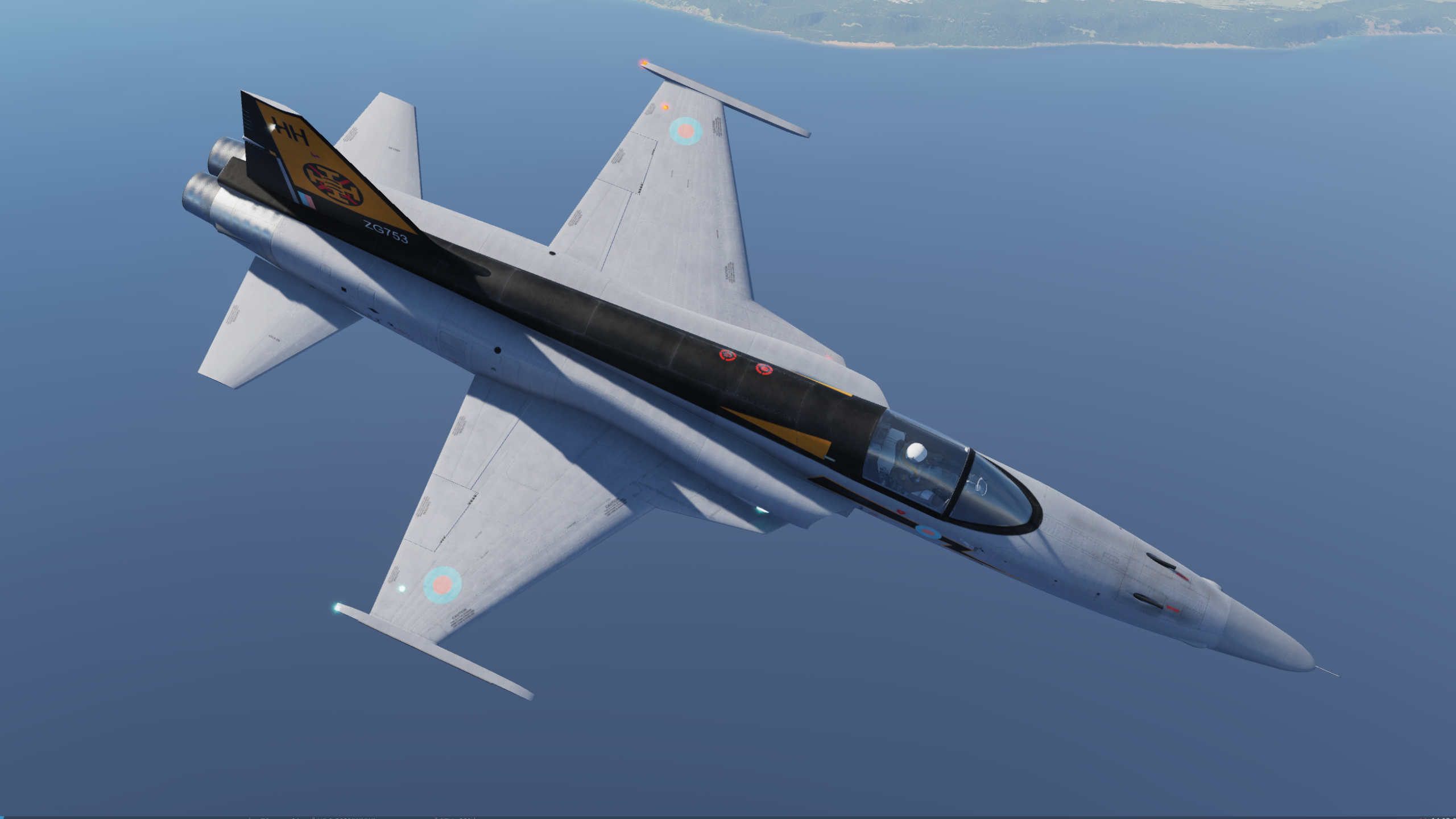Buccaneer thwarted by RAF Not Invented Here politics. Caution before swallow. F-4 was Navy too...not even
our Navy, and RAF liked that.
MoS ran TSR.2 competition, 1957-59 with 2 political imperatives: to replace Canberra, and to cause
a measure of coalescence in industry structure, sought by MoS since...about 8/45
(Hoods Teach for the Sky has (remind me, >20) bids for (to be) Provost. Silly).
Blackburn had won NA.39 7/55. We now know what in 1958 Air Ministry might have guessed: that
Victorious/801NAS would pass Operational Readiness Inspection, Buc S.1/
Red Beard kT Bomb, 14/8/63: fraught weapon, under-powered airframe (AAR Scimitars to give any payload/range).
Blackburn bid B.108 RAF Buc for TSR.2 and were deleted for the same reason HP was discouraged from bidding, and Avro, Bristol and DH bids were soon eliminated. Not to do with tech-innovation, more to do with...if Bristol can't do a couple of stainless steel proof vehicles inside a decade, how on earth can we entrust them with large quantities of complex combat kit to be delivered this century? DH was struggling to understand Weapon System on (to be) Sea Vixen; Avro was utterly consumed on Mk.2 Vulcan, of the highest priority.
Little Blackburn would need some form of partnership to deliver Buccs concurrently to RN/RAF. Counter to that, though, was 5 years' gestation was behind, not all ahead, as with wholly-new designs. RN would not have welcomed such a diversion of their
Sverdlov-killer.
So, no chance for RAF/Bucc in 1959. Now: 4/65, TSR.2 dead: HS Group onway to making Brough its Structures
Centre of Excellence, Bucc S.2 onway to operational, 28/7/66...but RR onway to trying to cascade Speys to match McDonnell F-4M production rate. F-4M had a 10 year payment lull, and then was on instalments. Much better to do AFVG (no RR distraction - Bristol engine) - good Euro-politics, bridged by F-4M, not Buccs.
When AFVG died RAF was very happy to take HS rapid-build,
as-is Bucc S.2. No value in re-doing the avionics and so further delaying Canberra Out-of-Service. Leave sexy black boxes for whatever follows AFVG.

